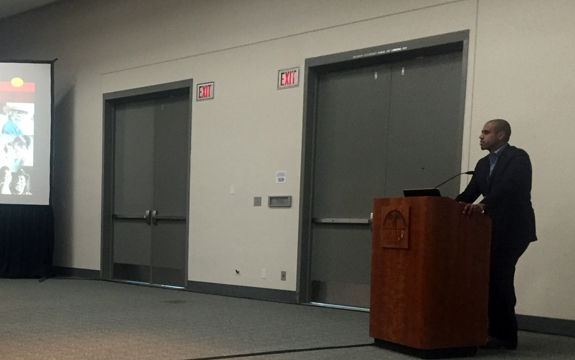Reducing Indigenous prison rates

In Summary
- Dr Stephane Shepherd is an expert in cross-cultural health and wellbeing, with a specific focus on Indigenous Australians
- He believes a different approach is needed to assessing the risks and needs of Indigenous prisoners
Australia needs to change its approach to assessing the risks and needs of Indigenous prisoners, according to Dr Stephane Shepherd, from Swinburne University of Technology.
Indigenous prisoners account for more than a quarter of Australia’s prison population.
Dr Shepherd, a Fulbright Scholar from Swinburne’s Centre for Forensic Behavioural Science, is an expert in cross-cultural health and wellbeing, with a specific focus on Indigenous Australians.
He recently told an international audience of medical and legal professionals that violence risk instruments should not be used with Indigenous offenders and patients because they do not take into account Indigenous worldviews, life experiences and conceptualisations of health.
Violence risk instruments are commonly used by Australian mental health professionals and correctional officers to determine an offender’s likelihood of committing a violent act in the future.
Information from these tools informs correctional decision making, sentencing and treatment allocation.
“The mono-cultural ‘one-size fits all’ mentality that underpins the development and application of risk assessment does not work,” Dr Shepherd says.
“It prevents an understanding of the cultural, societal and individual influences that engage or disengage an Indigenous person from contact with the criminal justice system.
“It also excludes Indigenous community input and participation in the process.”
Dr Shepherd made the following recommendations, which he says the Australian justice system should adopt, if it is serious about changing Indigenous incarceration rates:
- Violence risk instruments need to be culturally modified immediately
- Mental health professionals need to be regularly educated in cultural competency so that they can conduct clinical and risk assessments in a culturally sensitive way.

